Here’s How Formula 1 Cars Compare To Electric Formula E Racers

Here at CT, we love a good motorsport comparison piece. We’ve looked at the likes of LMP1 vs LMP2, V8 Supercars compared to DTM and even how the Japanese Super Formula stacks up against F1. But there’s also another single-seater series that makes for a fascinating F1 comparison: Formula E.
Formula 1
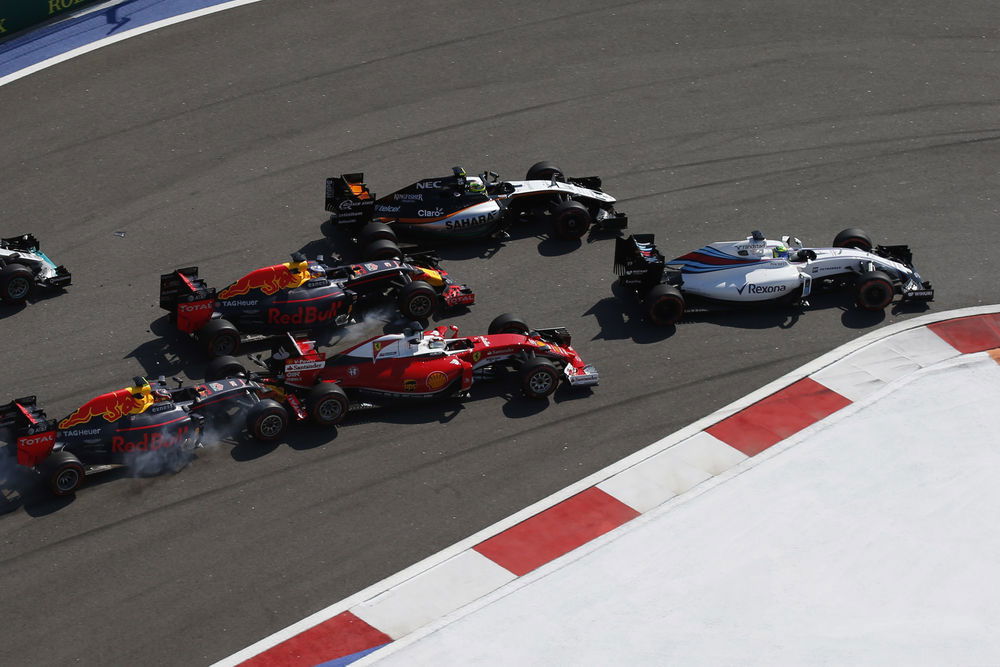
F1 cars are all very different. While they may feature the same power units, gearboxes, brakes and tyres, there is still a considerable amount of scope for producing a unique car with many exclusive internal parts.
Chassis, aerodynamics and many small inside components are made and designed by the teams themselves. They put their own stamp on the cars and this means we have a varied running order, especially whenever there is a big regulations shake-up.
The series entered a new era in 2014 with the introduction of turbocharged, 1.6-litre V6 direct fuel injection engines. They rev up to 15,000rpm and are now a very small feature of the overall power unit, which includes an Energy Recovery System - made up of the MGU-K (kinetic, harvesting energy under braking), MGU-H (heat, harvesting energy from the turbo), control electronics and energy store.
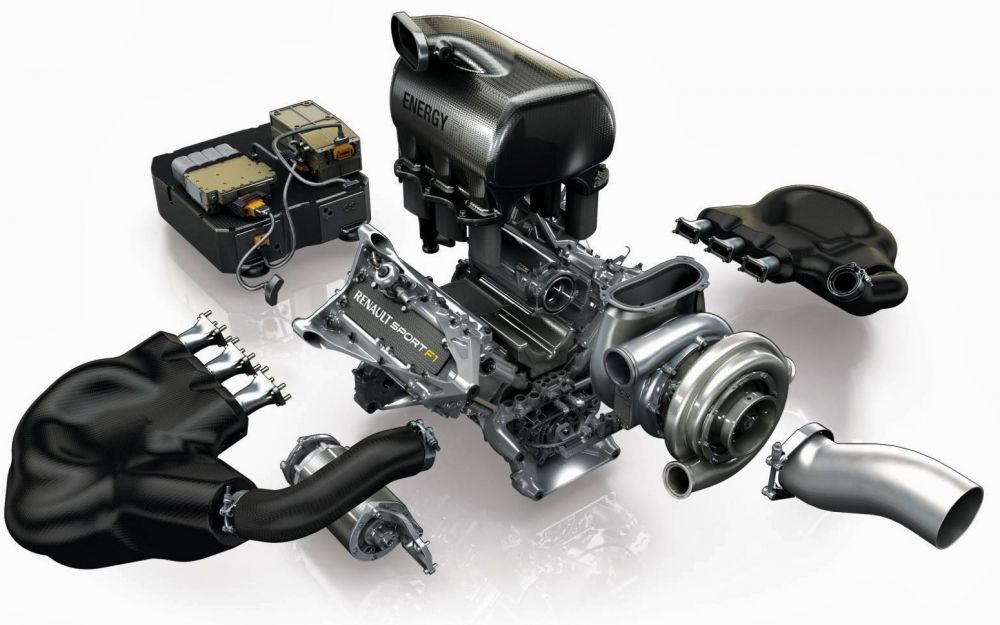
While fans may miss the thrill and sound of the old V8s, the new power units are now more powerful and efficient, completing the same race distance using one third less fuel. Of the six components, each driver has five to use over the course of the season and they incur penalties every time they go over that limit.
In one situation in 2015, Jenson Button had a 70-place grid penalty due to Honda’s unreliability. We haven’t seen anything like that so far in 2016, thankfully. Mercedes, Ferrari, Renault and Honda supply the power units, with performance in that exact order too. The 2016 regulations brought in new exhaust layouts with separate pipes for turbine and wastegate.
On the aero side of things, regulation restrictions mean designers can no longer go crazy – like some of these devices – but they can at least create unique and fascinating downforce packages that mean each car has its own identity. The hunt is always for more downforce, within the set parameters, and despite the engines becoming more important for overall performance, aero remains crucial.
The gearboxes used are sophisticated semi-automatic, seamless-shift pieces of kit with eight forward gears (ratios are set before the season) and a reverse, naturally. Each unit must last six consecutive races - in a bid to bring down ridiculously high costs. The steering wheels are a mix of buttons, settings, knobs and also a big screen packed with information. There are so many combinations for car set-up, it’s a bit ridiculous.
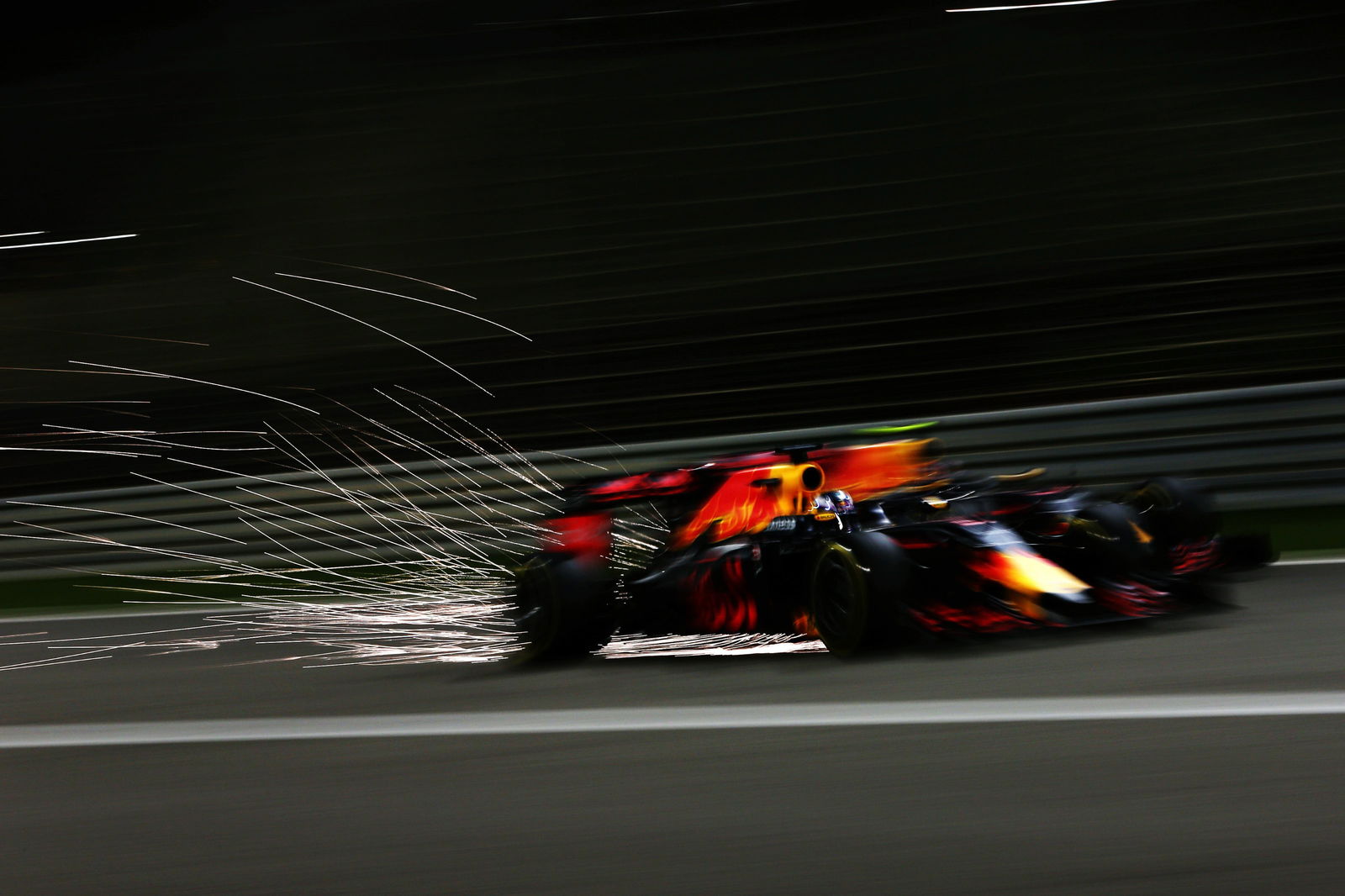
Carbonfibre composite brake discs are used, being squeezed by conventional hydraulic callipers. These now play a part in producing kinetic energy for the ERS system. Pirelli supply five tyre compounds and intermediate and wet tyres too. Three slick compounds are nominated before each race and drivers have the choice of filling their 14 allocated sets per weekend.
At the moment there are 22 drivers on the 2016 grid, with 11 teams and 21 rounds – currently there are nine still left to go. Pitstops are mandatory, to change tyres only (or a front nose cone if required), and DRS is used as an overtaking aid. F1 has a long and rich history, having started in 1950.
In terms of performance stats, top speeds for cars vary. The highest speed registered last season was 223mph (360km/h) by Lewis Hamilton in first practice for the 2015 Mexican GP. Cars weigh 702kg and the Mercedes W07 is 5000mm long, 1800mm wide and had a height of 950mm.
Formula E
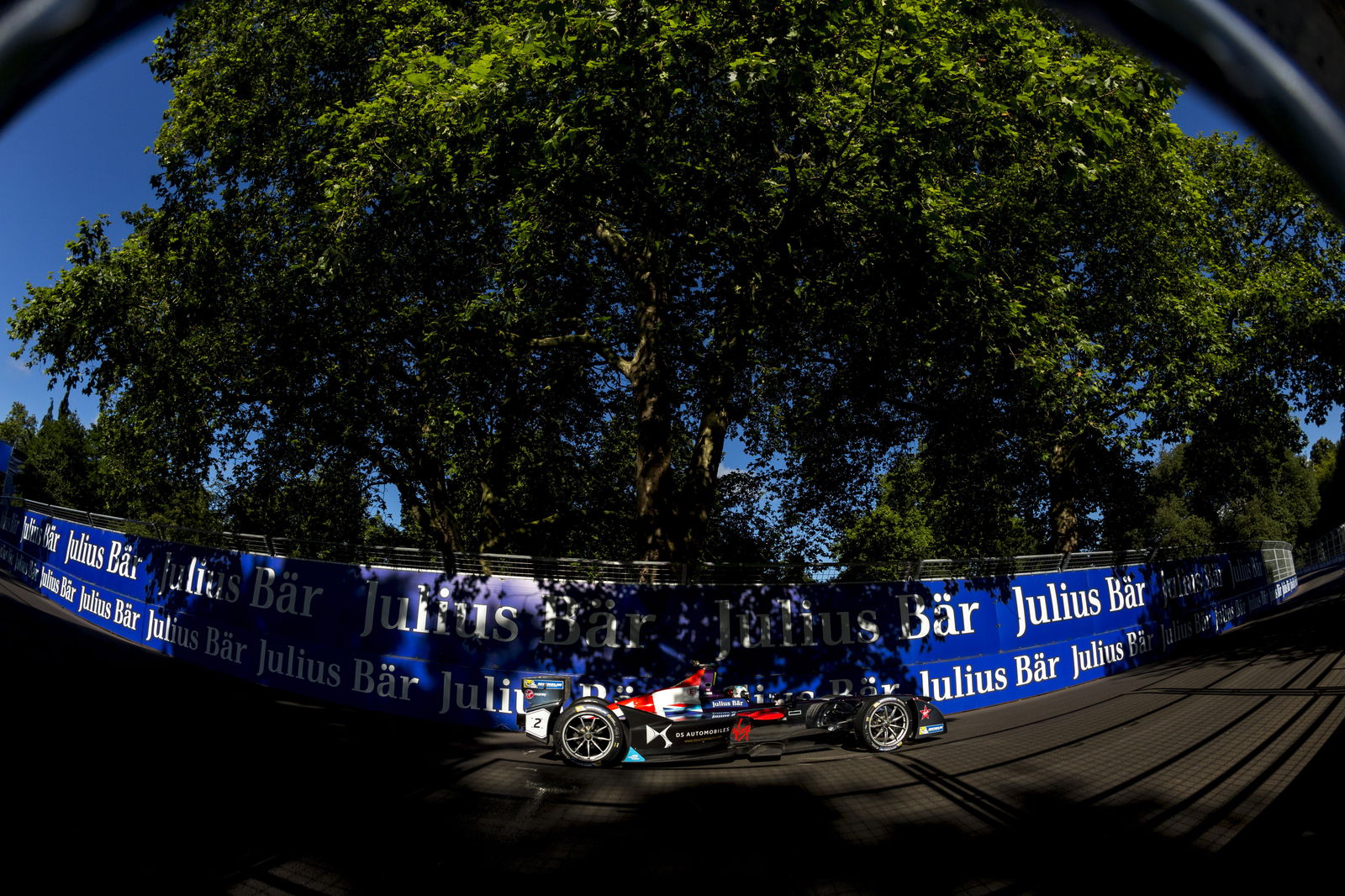
F1 is powered by the trusty Internal Combustion Engine but Formula E takes single-seater racing in a new direction, powered by batteries. Plus, unlike in F1, the teams all run with the same chassis and aero - like in feeder championships, GP2 is an example.
The Dallara-built Spark-Renault SRT_01E chassis is used but for the second season in 2015/2016, manufacturers were able to create and supply their own powertrains - this includes the e-motor, inverter, gearbox and cooling system. In the second season there were seven manufacturers, with two teams running the season one spec.
The electric motor produces a maximum of 200kw, around 270bhp, and is supplied by McLaren. Two motor generator units are allowed and it has to be linked to the rear axle. Williams Advanced Engineering provides the batteries. In race mode the power is capped at 170kw, with maximum power available for practice and qualifying.
The cars run paddleshift, sequential gearboxes. These vary depending on the powertrain, in season one with the SRT_01E they used five-speed units from Hewland with fixed gear ratios. The brake system features two hydraulic systems, which are operated by the one standard pedal. Material used is free of choice, while aluminium alloy callipers are used.
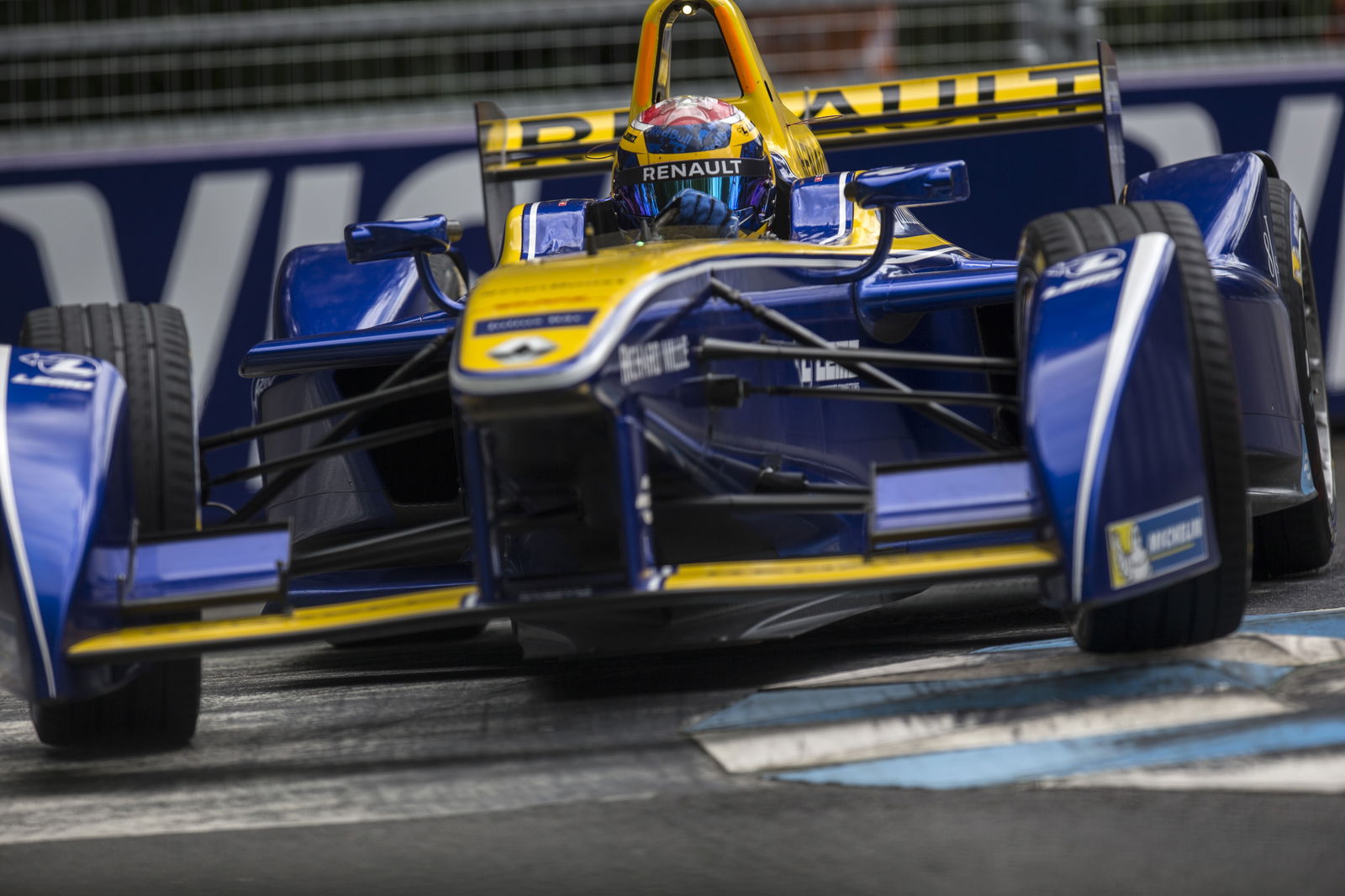
Michelin provides the 18-inch, treaded tyres - compared to the 13-inch, slick compounds used in F1. FE tyres suit both wet and dry conditions and are meant to last the entire race weekend. The series includes pitstops but because of the battery limitations drivers have two cars, swapping them at the mid-way point. It’s rather bizarre but is what it is with the new technology in the all-electric championship.
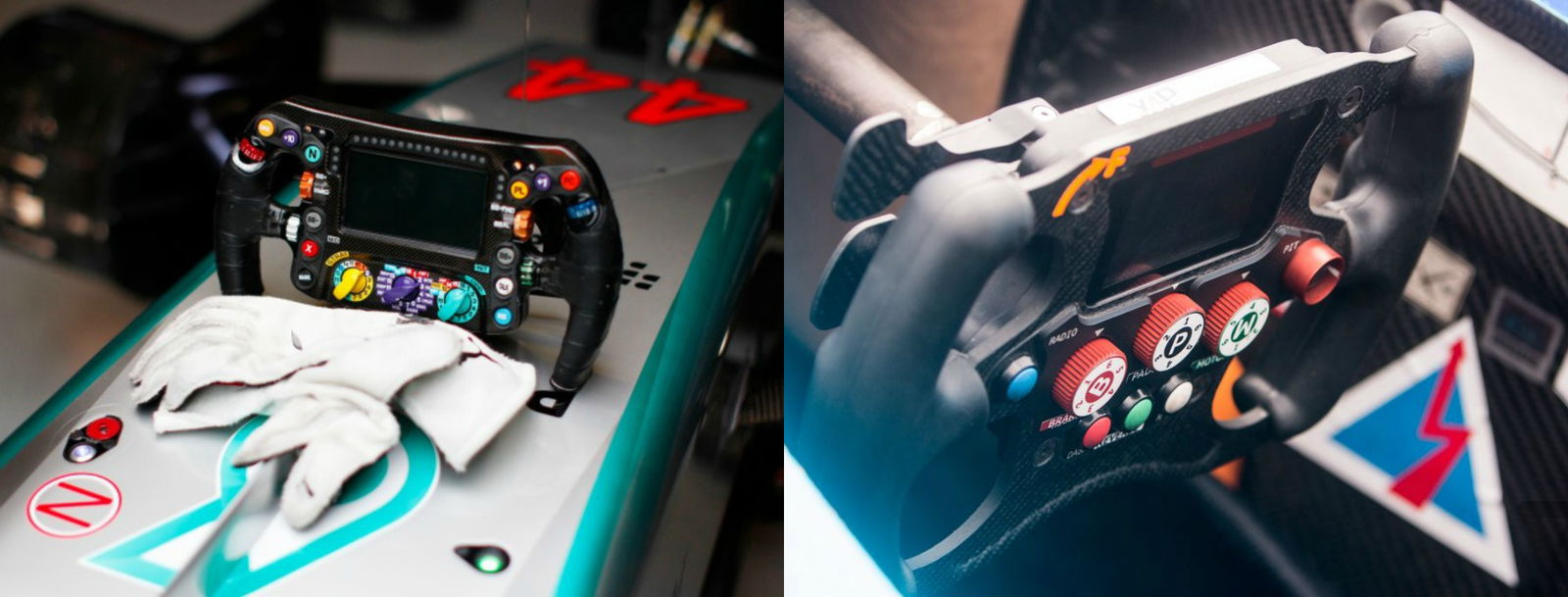
The steering wheels are less busy compared to F1 but they still feature an array of buttons, as well as a screen readout.
There were only nine teams and 18 drivers for the 2015/2016 season after one of the FE squads dropped out. There were nine rounds and 10 races all on street tracks, with the campaign concluding with a double-header in London. F1 is spread over three days while all of the FE action is condensed into one day.
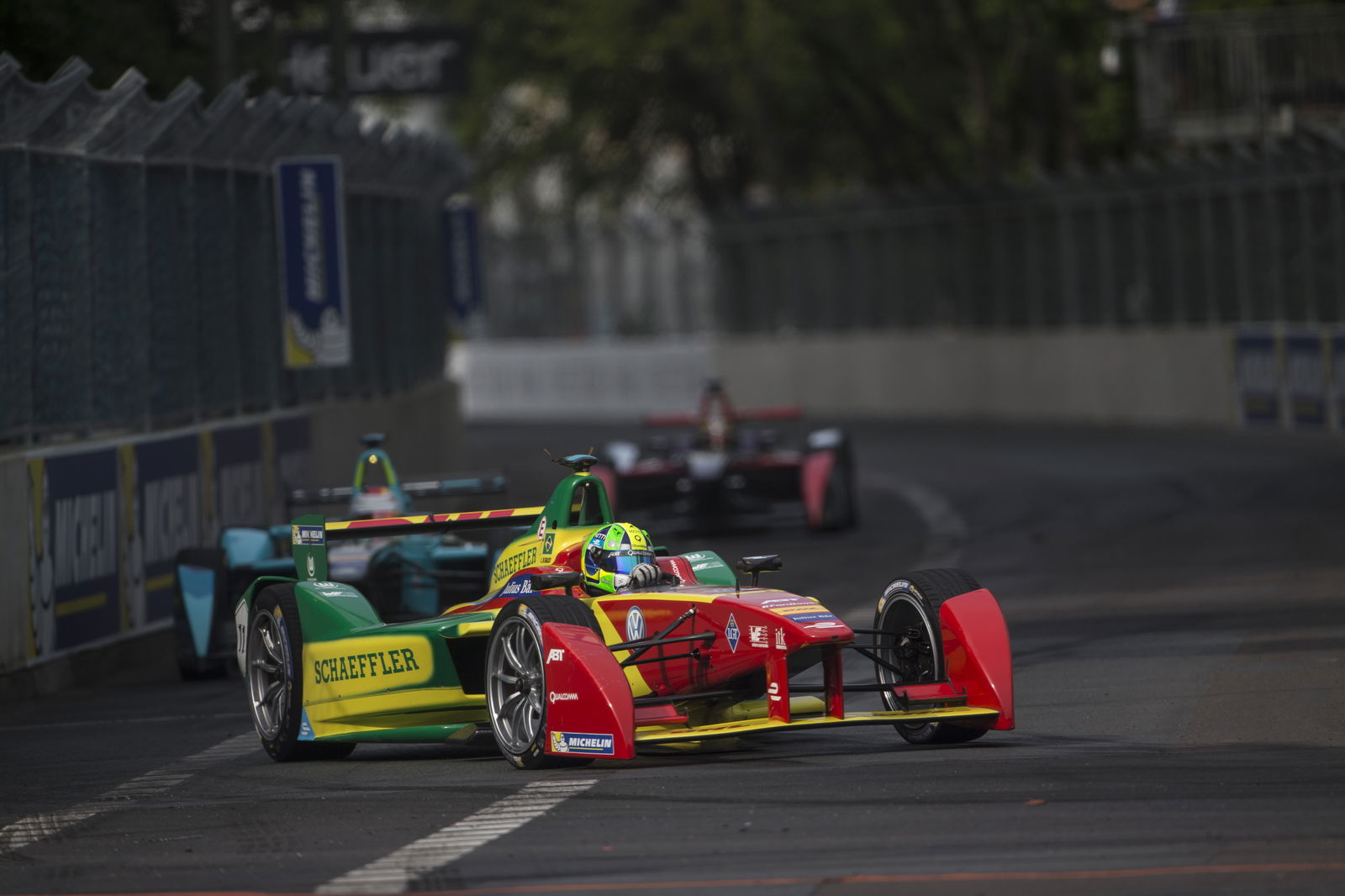
F1 has DRS, in Formula E it’s FanBoost. This gives drivers a 30kw boost in electricity for a small amount of time during the race. Three drivers are awarded it after a fan vote. Some see it as a bit of a gimmick but it does bring fans closer to the action and FanBoost has helped increase overtake and mix-up the order.
Dimensions wise, the cars are 5000mm long, 1800mm wide and 1250mm high – very similar to the dimensions of F1 cars. Top speeds are limited in Formula E to 140mph due to battery and motor limitations, while the cars actually have impressive acceleration, with a 0-62mph time of just three seconds. Not bad for such new and different technology!
So Formula 1 and Formula E are both top line single-seater championships, but the two cars and series are completely different – from the source of power to the event format and performance figures. It makes for a fascinating comparison.
Comments
I know another reason why these are comparable. Both are incredibly dull. #myownopinion
Either way they don’t hold up to the older race cars
Current F1 cars sound like they’re formula E when compared to proper F1 cars (V10 Engines)!!
Personally, I prefer F1 over Formula E. Because you could at least hear the F1 car coming to mow you down.
So what we’re trying to say is that Formula E is more involving for the public,right?
Its interesting to watch now but i think with a power increase and team individuality in the future the series could be more…..electrifying
F1 and Fe is like the battle of the engine. Gas vs EV, who will win?
At least Formula E is has more varied results, and its not won by just one team every single time
This reminds me of a need for speed song and it all goes like I AM ELECTRIC I AM ELECTRIC I AM ELETRICCCCC
Amazingly good article on amazingly boring gp’s
Pagination